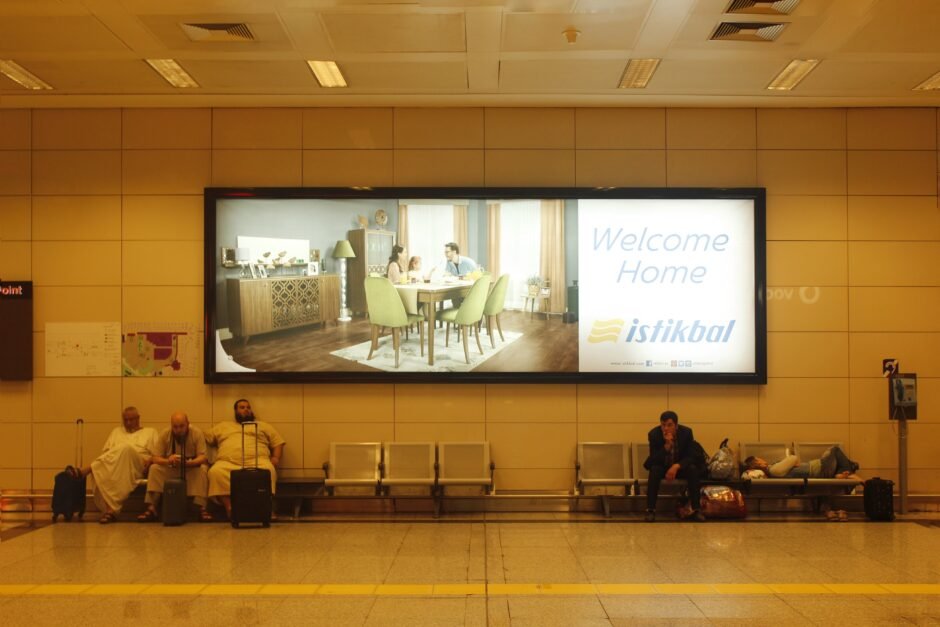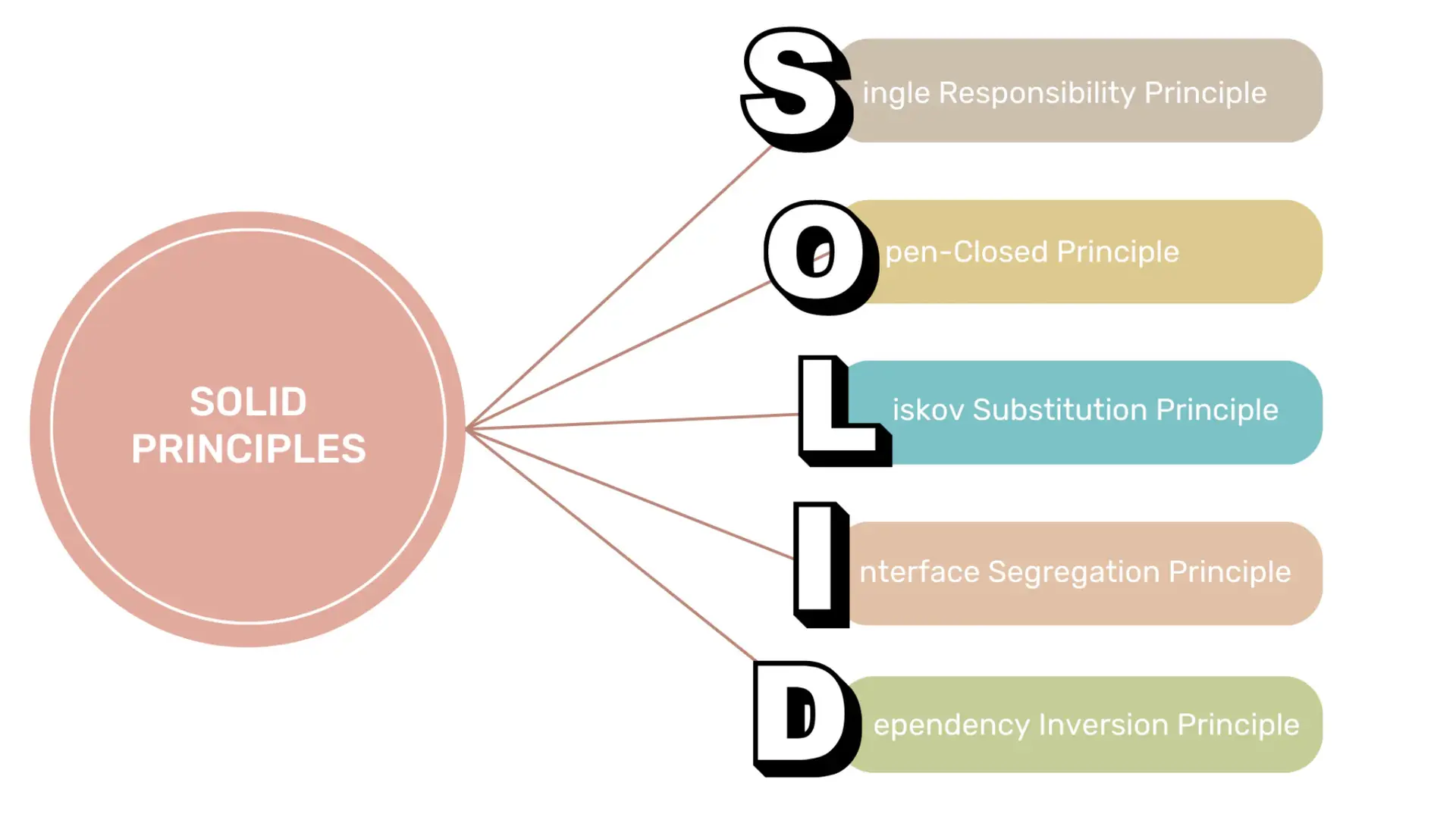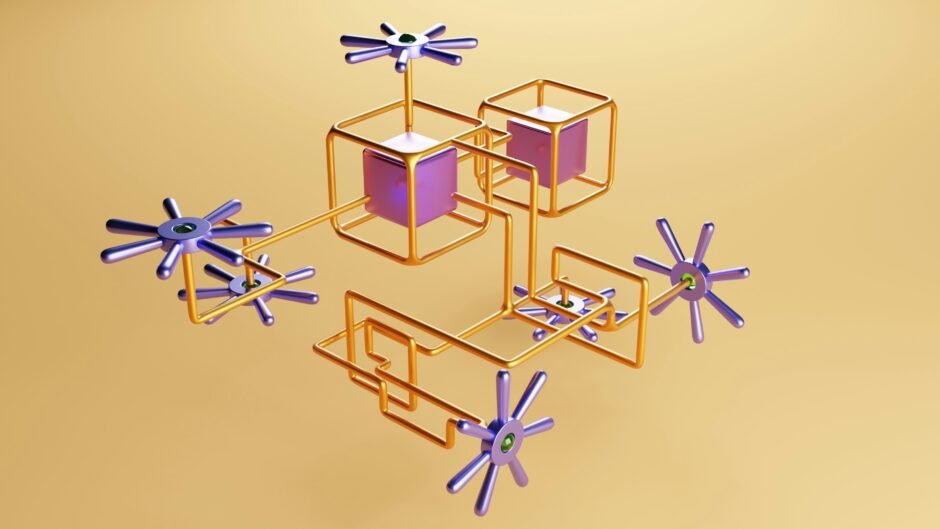Learn about VLAN Trunking Protocol (VTP) and how to enable it on Cisco switches. VTP simplifies VLAN management and improves network performance. Understand the different VTP modes and follow best…
The Case of ISL v. Dot1Q with 20 mcq’s

Introduction
In the world of networking, two protocols play a crucial role in transmitting data between devices: ISL (Inter-Switch Link) and Dot1Q. These protocols are used to encapsulate and de-encapsulate Ethernet frames, allowing for efficient communication within a network. In this blog post, we will delve into the differences and use cases of ISL v. Dot1Q, shedding light on which protocol might be the most suitable for your networking needs.
Understanding ISL
ISL is a proprietary protocol developed by Cisco Systems. It operates at the data link layer of the OSI model and is primarily used in Cisco networking equipment. ISL encapsulates the entire Ethernet frame, adding a header and trailer to the original frame. This additional encapsulation allows for the transmission of VLAN (Virtual Local Area Network) information across switches, enabling VLAN trunking.

Exploring Dot1Q
Dot1Q, also known as IEEE 802.1Q, is an open standard protocol used for VLAN tagging. Unlike ISL, Dot1Q does not encapsulate the entire Ethernet frame but instead inserts a VLAN tag into the original frame. This tag contains information about the VLAN ID, allowing switches to identify and forward VLAN traffic accordingly. Dot1Q operates at the same data link layer as ISL.
Comparing ISL and Dot1Q
While both ISL and Dot1Q serve similar purposes, there are some notable differences between the two:
1. Encapsulation
ISL encapsulates the entire Ethernet frame, increasing the frame size. On the other hand, Dot1Q inserts a VLAN tag, keeping the frame size unchanged.
2. Compatibility
ISL is a Cisco proprietary protocol and is only compatible with Cisco networking equipment. Dot1Q, being an open standard, is supported by a wide range of networking devices from various vendors.
3. VLAN Support
ISL supports VLAN trunking, allowing VLAN information to be transmitted across switches. Dot1Q, with its VLAN tagging mechanism, also enables VLAN communication but without the need for encapsulation.

Code Examples
Let’s take a look at some code examples to illustrate the configuration of ISL and Dot1Q:
ISL Configuration Example:
interface FastEthernet0/1
switchport trunk encapsulation isl
switchport mode trunk
Dot1Q Configuration Example:
interface GigabitEthernet1/1
switchport trunk encapsulation dot1q
switchport mode trunk
Conclusion
Both ISL and Dot1Q are important protocols in the world of networking, each with its own set of advantages and use cases. ISL, being a proprietary protocol, is best suited for Cisco environments, while Dot1Q, as an open standard, offers compatibility with a wider range of networking devices. Understanding the differences between these protocols will help you make an informed decision when it comes to implementing VLANs and trunking in your network infrastructure.

here are 20 multiple-choice questions (MCQs) along with their respective answers on the topic “The Case of ISL v. Dot1Q”:
MCQs:
What do ISL and Dot1Q refer to in computer networking?
A) Routing protocols
B) Network topologies
C) VLAN tagging protocols
D) Wireless communication standards
Answer: C) VLAN tagging protocols
Which protocol operates at the data link layer of the OSI model?
A) ISL
B) Dot1Q
C) Both A and B
D) Neither A nor B
Answer: C) Both A and B
Which tagging protocol is proprietary to Cisco?
A) ISL
B) Dot1Q
C) Both A and B
D) Neither A nor B
Answer: A) ISL
Which tagging protocol inserts a 32-bit field into the Ethernet frame?
A) ISL
B) Dot1Q
C) Both A and B
D) Neither A nor B
Answer: B) Dot1Q
Which VLAN tagging protocol supports multiple VLANs per trunk link?
A) ISL
B) Dot1Q
C) Both A and B
D) Neither A nor B
Answer: B) Dot1Q
Which VLAN tagging protocol adds a 26-byte header to the Ethernet frame?
A) ISL
B) Dot1Q
C) Both A and B
D) Neither A nor B
Answer: A) ISL
Which VLAN tagging protocol does not modify the original Ethernet frame?
A) ISL
B) Dot1Q
C) Both A and B
D) Neither A nor B
Answer: B) Dot1Q
Which VLAN tagging protocol is an IEEE standard?
A) ISL
B) Dot1Q
C) Both A and B
D) Neither A nor B
Answer: B) Dot1Q
Which VLAN tagging protocol is more commonly used in modern networks due to its standardization?
A) ISL
B) Dot1Q
C) Both A and B
D) Neither A nor B
Answer: B) Dot1Q
Which tagging protocol supports interoperability between different vendors’ networking devices?
A) ISL
B) Dot1Q
C) Both A and B
D) Neither A nor B
Answer: B) Dot1Q
Which protocol allows for the identification of VLAN membership using a VLAN ID?
A) ISL
B) Dot1Q
C) Both A and B
D) Neither A nor B
Answer: B) Dot1Q
Which tagging protocol provides backward compatibility with non-VLAN aware devices?
A) ISL
B) Dot1Q
C) Both A and B
D) Neither A nor B
Answer: B) Dot1Q
Which protocol is considered more efficient in terms of bandwidth usage?
A) ISL
B) Dot1Q
C) Both A and B
D) Neither A nor B
Answer: B) Dot1Q
Which tagging protocol inserts a VLAN ID into the original Ethernet frame?
A) ISL
B) Dot1Q
C) Both A and B
D) Neither A nor B
Answer: B) Dot1Q
Which tagging protocol is more commonly used in older Cisco networking equipment?
A) ISL
B) Dot1Q
C) Both A and B
D) Neither A nor B
Answer: A) ISL
Which tagging protocol requires encapsulating the original Ethernet frame?
A) ISL
B) Dot1Q
C) Both A and B
D) Neither A nor B
Answer: A) ISL
Which VLAN tagging protocol supports VLANs numbered up to 4096?
A) ISL
B) Dot1Q
C) Both A and B
D) Neither A nor B
Answer: B) Dot1Q
Which tagging protocol was developed as an open standard?
A) ISL
B) Dot1Q
C) Both A and B
D) Neither A nor B
Answer: B) Dot1Q
Which VLAN tagging protocol is more widely compatible across various networking equipment?
A) ISL
B) Dot1Q
C) Both A and B
D) Neither A nor B
Answer: B) Dot1Q
Which VLAN tagging protocol provides better support for larger networks?
A) ISL
B) Dot1Q
C) Both A and B
D) Neither A nor B
Answer: B) Dot1Q
These questions cover various aspects of ISL and Dot1Q VLAN tagging protocols, exploring their functionalities, differences, and usage in networking contexts.









































